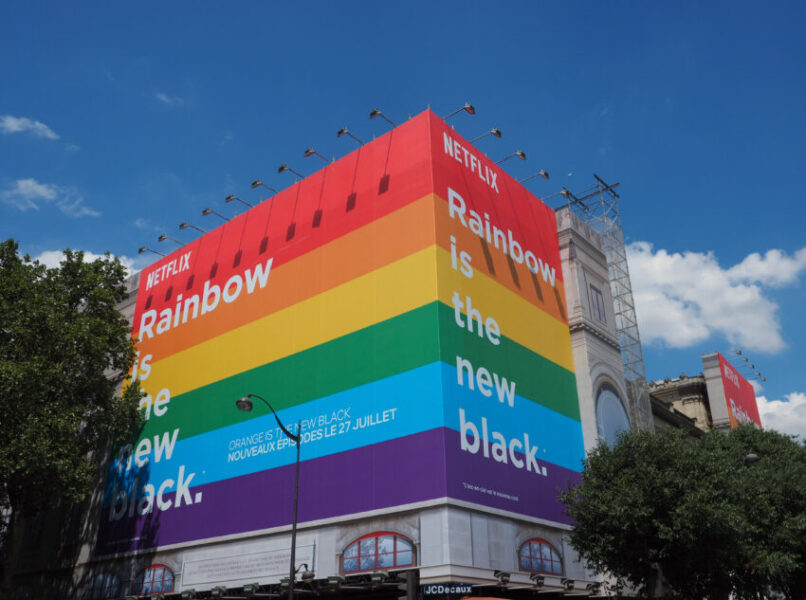A Guide to Advertising
Advertising is the act of producing messages and employing various psychological strategies in order to convince and encourage someone to act, most often to purchase a product or service. Read more: A Guide to Advertising


Advertising is the act of producing messages and employing various psychological strategies in order to convince and encourage someone to act, most often to purchase a product or service.
After grabbing people’s attention, the objective of advertising is to persuade them to buy the product, even if they have not considered it before. Ads function by influencing how people think and feel about a product or service via the use of psychology.
Advertising has evolved over time, from the printing press to pop-up commercials. Despite this, the necessity for advertising has not changed, nor have the skills and best practices for producing effective advertising. That is what this article will address. So read on below for a guide to the basics of advertising and how you can use it.
Who Are Advertisers?
Advertisers are the employees at a firm who are in charge of publicizing a product or service. They spread messages about a brand’s products and services in order to increase public awareness of the brand. The term “advertiser” can also refer to the company that pays for advertising on a billboard, in a magazine, or on a website or mobile app. Advertisers are a class of marketers, but not all marketers are advertisers.
Advertisers are crucial since the whole advertising industry is dependent on them. The advertiser bears the expense of commercials, and therefore, if they decide it is not worth running ads, the advertising business will suffer greatly.
The Importance of Outdoor Advertising
Outdoor advertising refers to any marketing that is placed outside and reaches potential buyers who pass by. They are often shown on the exteriors of buildings, windows, street furniture, public transportation and as independent ads.
This type of advertising is intended to catch the attention of passers-by and may be used to advertise retail specials, events, and company information such as operating hours and new product releases.
Billboards, stickers, signs, and banners are just a few of the most common examples. Building wraps advertising is also an important part of the category, with some of the largest impact on passers-by.
Outdoor advertising is a very powerful tool in your marketing arsenal. It could benefit you by helping you to take advantage of the critical footfall that goes through town and city centers every day. Placing advertisements in high-traffic areas allows you to reach a larger audience, which means more prospective consumers.
Outside advertisements can also supplement your other marketing strategies, such as printed posters, leaflets, or brochures. When you employ them in tandem, you can target the greatest amount of prospective clients for your company.
Things To Bear In Mind
Though we would argue that the benefits exceed the drawbacks, it is crucial to understand the limitations of outdoor advertising.
People will often view your advertising when they are on the move, so make your message brief to capture them while you can. There is also the possibility of waste coverage, which means that not everyone who sees your outdoor advertising banner is part of your target demographic.
Furthermore, because you are limited to one area with your advertisement, you must make sure that you find the best position to set it up; otherwise, you risk reaching fewer people than you had planned.
Read more:
A Guide to Advertising
What's Your Reaction?


















































